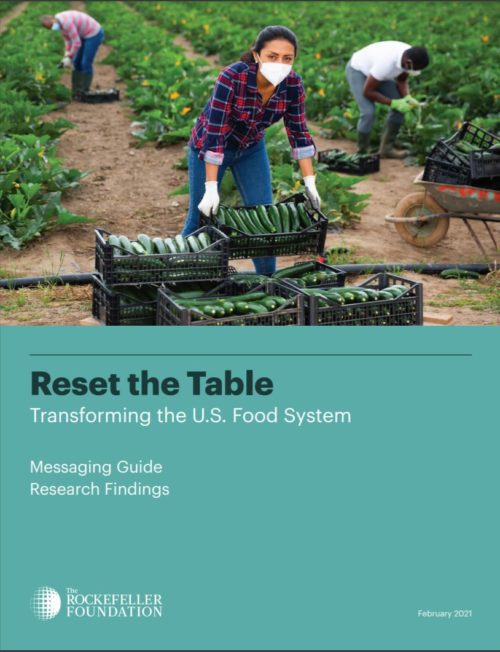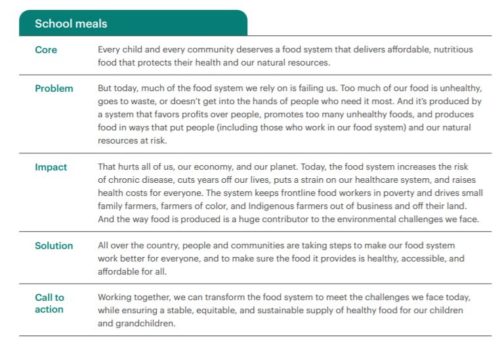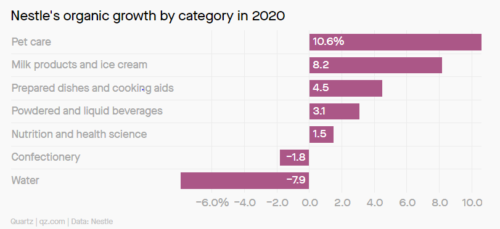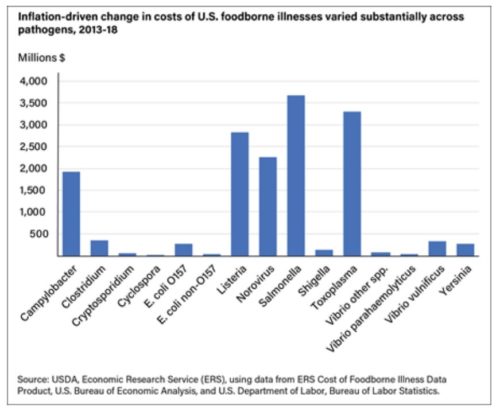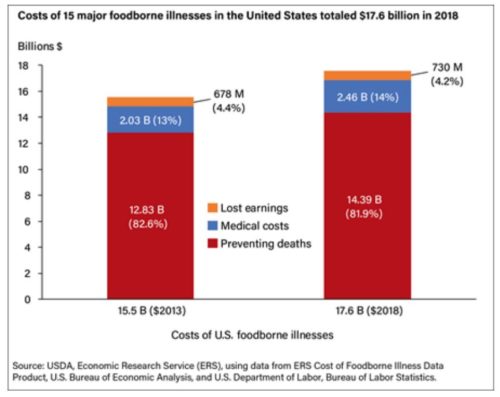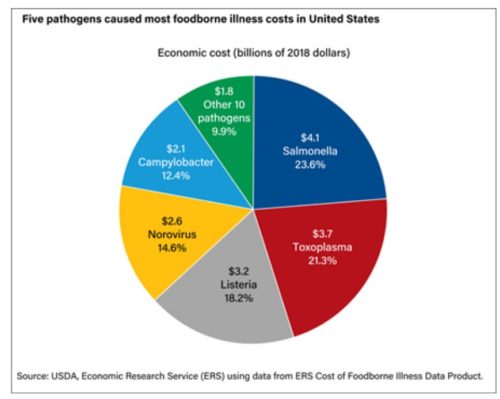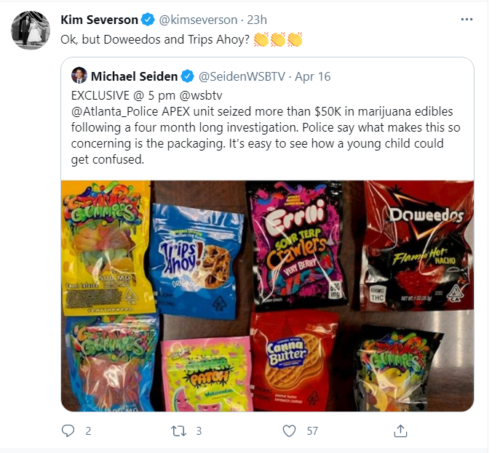Industry-funded study of the week: Mushrooms!
Conclusion: “Addition of mushrooms to USDA Food Patterns increased several micronutrients including shortfall nutrients (such as potassium, vitamin D and choline), and had a minimal or no impact on overall calories, sodium or saturated fat.”
Funding: “The study and the writing of the manuscript were supported by the Mushroom Council.”
Conflict of interest : “SA as Principal of NutriScience LLC performs nutrition science consulting for various food and beverage companies and related entities; and VLF as Senior Vice President of Nutrition Impact, LLC performs consulting and database analyses for various food and beverage companies and related entities.”
Comment: As I keep saying, all fruits and vegetables have nutritional value. Some have more of one nutrient than another. A good dietary strategy is to vary them to meet needs for the nutrients they contain. The only scientific purpose of this study is to demonstrate that mushrooms have nutrients. I could have told them that.
This study is about marketing, not science. It was conducted by a firm that specializes in industry-funded studies useful for marketing purposes.

